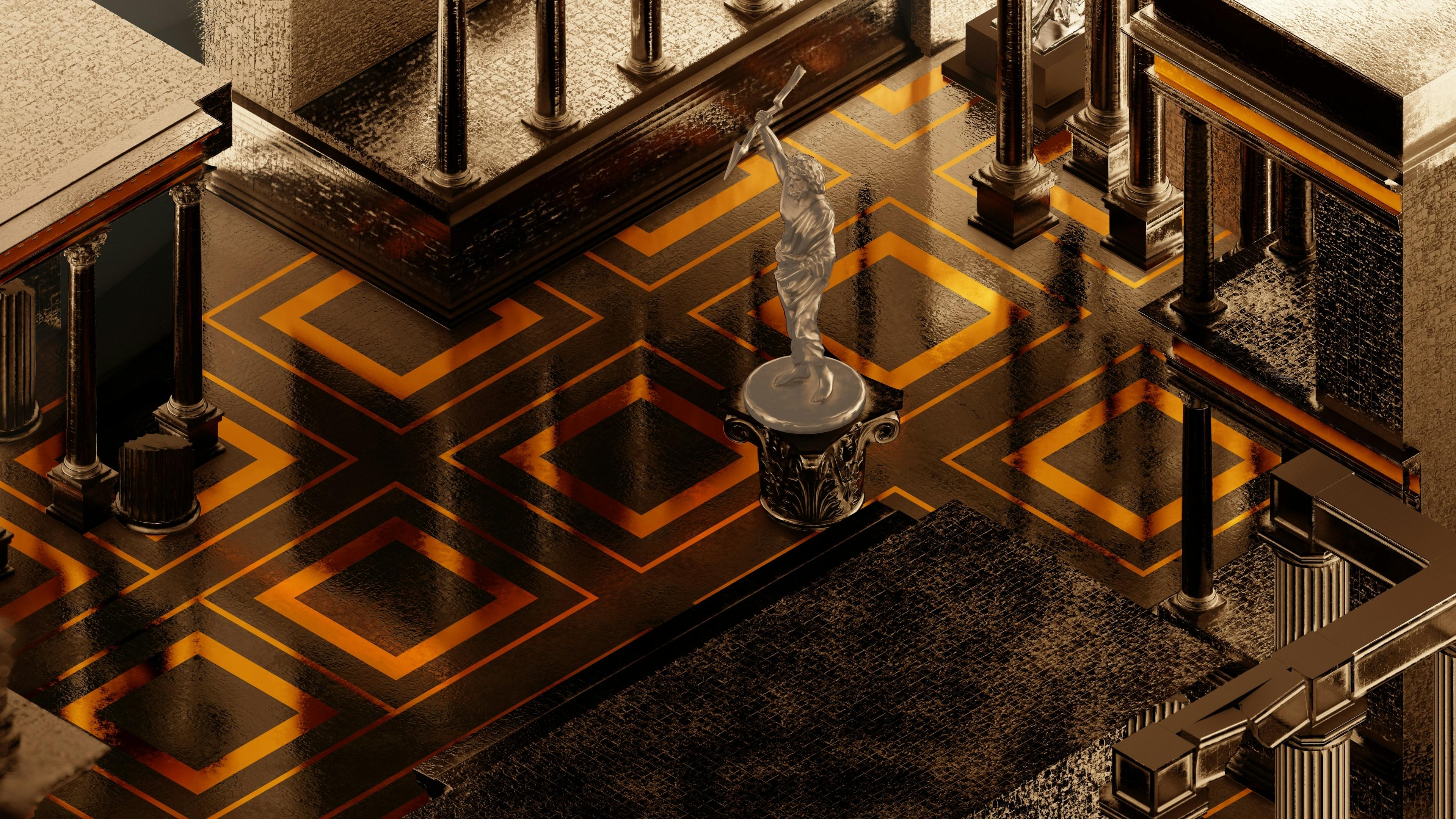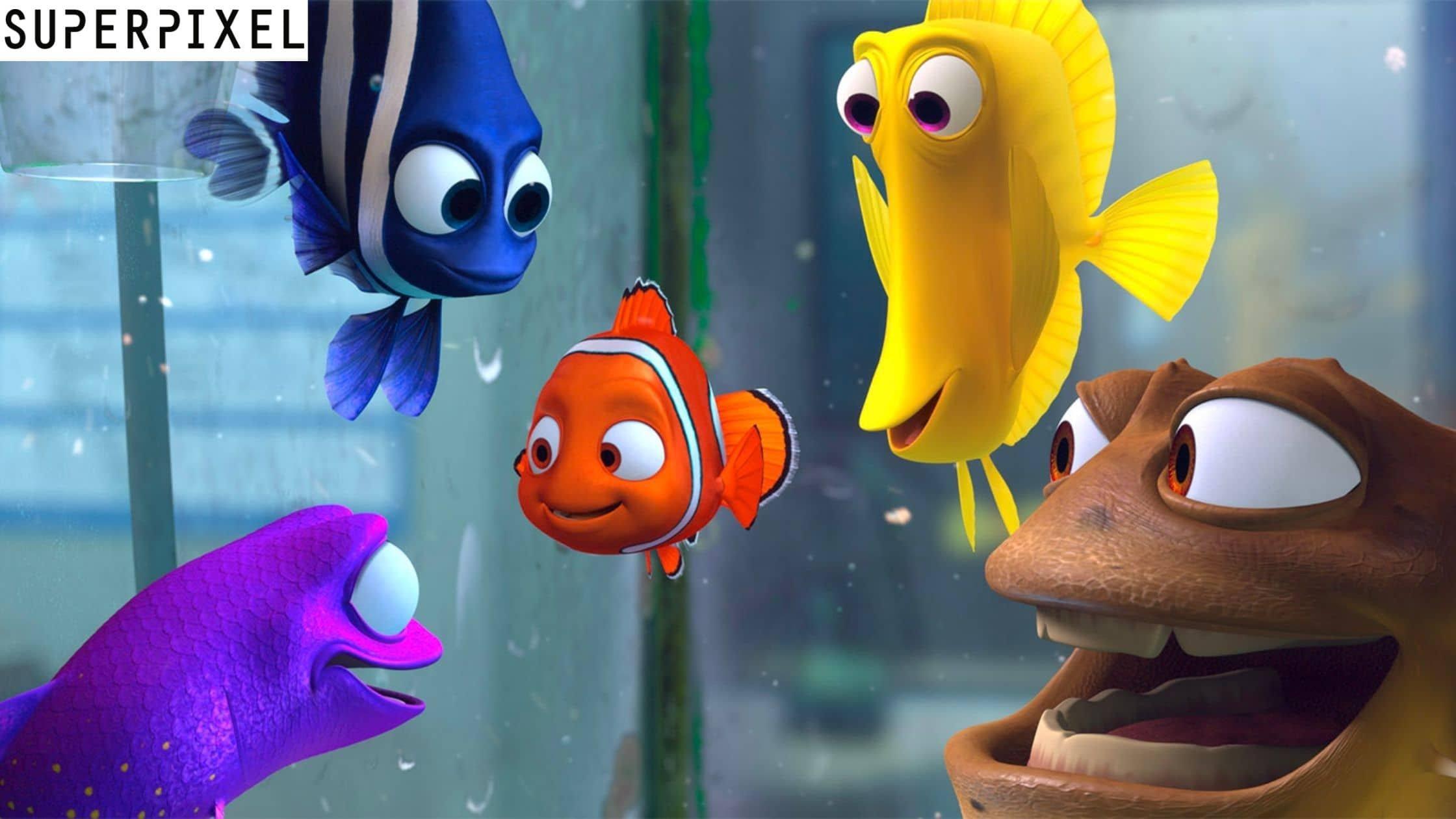In the ever-shifting landscape of cinematic storytelling, 3D animation stands as a beacon of innovation, continuously reshaping the way audiences experience modern blockbusters. As technology races forward, filmmakers harness the power of 3D animation to transcend the boundaries of reality, crafting worlds that captivate and inspire. This evolution is not merely a technical feat but a creative revolution, where imagination meets cutting-edge technology. Join us as we explore how 3D animation is transforming the art of storytelling, breathing life into fantastical realms and redefining the magic of the silver screen.
Revolutionizing Visual Storytelling in Cinema
In the realm of modern blockbusters, 3D animation is no longer just a tool—it’s a transformative force reshaping how stories are told on the big screen. Directors and animators are pushing the boundaries of what’s possible, crafting worlds that are both breathtakingly real and imaginatively surreal. This evolution is fueled by cutting-edge technology and a desire to create immersive experiences that captivate audiences like never before. From the intricate detail of character expressions to the sweeping vistas of alien landscapes, 3D animation enhances every frame, making the impossible possible.
Consider these key innovations driving this evolution:
- Advanced Motion Capture: Capturing even the subtlest nuances of human movement, bringing unparalleled realism to animated characters.
- Enhanced Rendering Techniques: Utilizing powerful algorithms to create stunning visuals that mimic the intricacies of light and shadow.
- AI-Driven Animation: Leveraging artificial intelligence to streamline the animation process, allowing for more complex and dynamic scenes.
As these technologies continue to evolve, the potential for 3D animation in cinema is boundless, offering filmmakers new avenues to explore the art of storytelling.
The Rise of Realism: Enhancing Character Depth
In the world of modern blockbusters, the push towards realism has brought unprecedented depth to animated characters. With advancements in 3D animation, filmmakers can now craft characters that resonate with audiences on a profound level. Detailed facial expressions, intricate body language, and lifelike textures all contribute to this evolution, allowing viewers to connect with characters in ways previously unimaginable.
- Emotionally nuanced performances: Animators can capture subtle shifts in emotion, making characters feel more relatable.
- Complex character arcs: Realism in animation supports more intricate storytelling, with characters evolving in believable ways.
- Enhanced immersion: As characters become more lifelike, the boundary between the animated world and reality blurs, pulling audiences deeper into the narrative.
These innovations not only elevate the storytelling but also set new standards for how animated characters are perceived and appreciated.

Innovative Technologies Driving Animation Forward
The evolution of 3D animation in modern blockbusters is largely driven by a suite of innovative technologies that enhance storytelling and visual immersion. Real-time rendering engines, such as Unreal Engine and Unity, have revolutionized the production process, enabling filmmakers to visualize scenes with unprecedented speed and accuracy. These tools not only streamline workflows but also allow for more dynamic and interactive pre-visualization, empowering directors to experiment with camera angles and lighting in a virtual environment before committing to costly production decisions.
Another groundbreaking advancement is the use of artificial intelligence and machine learning. These technologies enable animators to create more lifelike characters and environments by automating complex tasks such as facial recognition and motion capture. AI algorithms can analyze vast amounts of data to generate realistic animations that respond naturally to human input. This not only enhances the quality of the animation but also reduces production time, allowing for more creative freedom and exploration.
- Real-time rendering: Enhances speed and accuracy in visualization.
- AI and machine learning: Automate complex tasks for lifelike animations.

Mastering the Blend: Seamless Integration with Live Action
In the realm of modern blockbusters, the art of combining 3D animation with live-action footage has reached unprecedented heights. This seamless fusion is achieved through meticulous attention to detail and cutting-edge technology. Motion tracking and camera mapping are pivotal, allowing animators to synchronize digital elements with the dynamic movements of real-world actors and environments. The result is a visually cohesive experience where the boundaries between the real and the virtual are indistinguishable.
Key techniques that drive this evolution include:
- Photorealistic Rendering: Achieving lifelike textures and lighting that match the nuances of live-action scenes.
- Advanced Compositing: Blending multiple layers of animation and live footage to create a unified visual narrative.
- Dynamic Simulation: Using physics-based algorithms to replicate natural movements and interactions.
By leveraging these innovations, filmmakers can craft immersive worlds where animated characters and live actors coexist seamlessly, enriching the storytelling experience.

